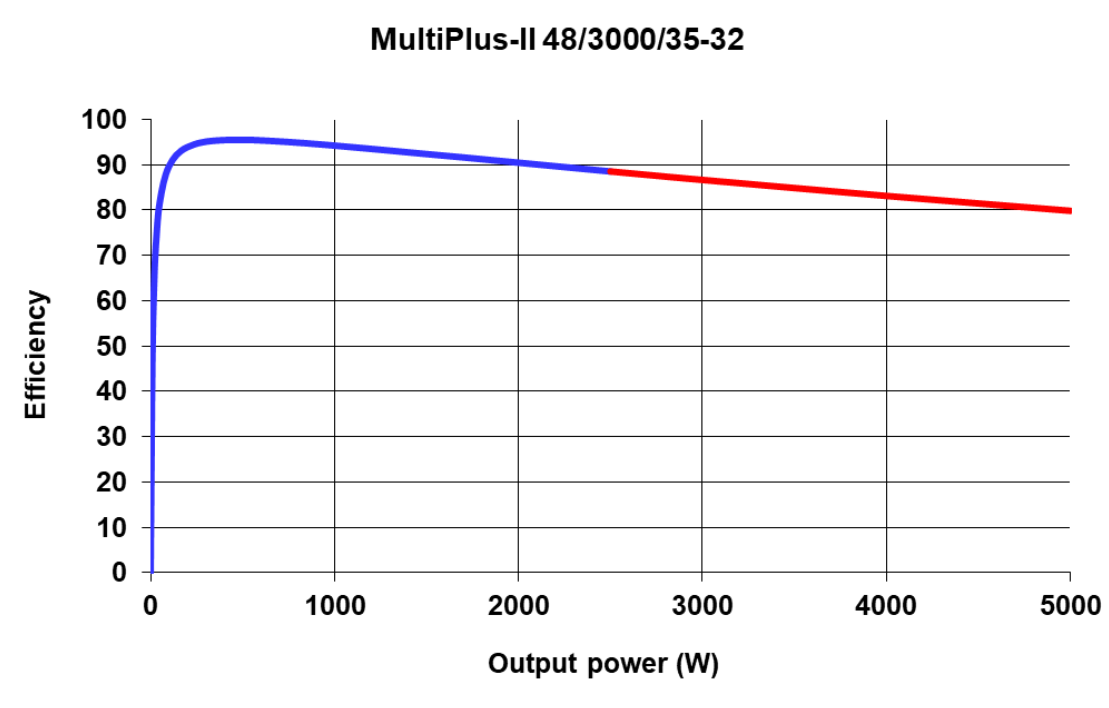Hello Forum! I want to build an ESS with 48V battery, but where I'm living now I only have the space for a single PV module which will have direct sun light only for 3 to 5 hours a day. There aren't many modules with a voltage that is high enough under load, but I think I have found one which would do. My idea is, to be able to upscale the system when I move without being stuck to 24V or having to buy new components for 48V.
Do you see any problems with the following combination?
- Pylontech US3000C 48V
- Maxeon 3 420W (SPR-MAX3-420-BLK) - it has a Vmpp of 67.7V and Isc of 6.32A
- Victron MPPT 100/20, for enough room to add another module in parallel without upgrading the MPPT (The 100/20 is recommended by the MPPT calculator)
- Victron MultiPlus 48/800/9-16
I hope the voltage will be high enough for most of the day.


